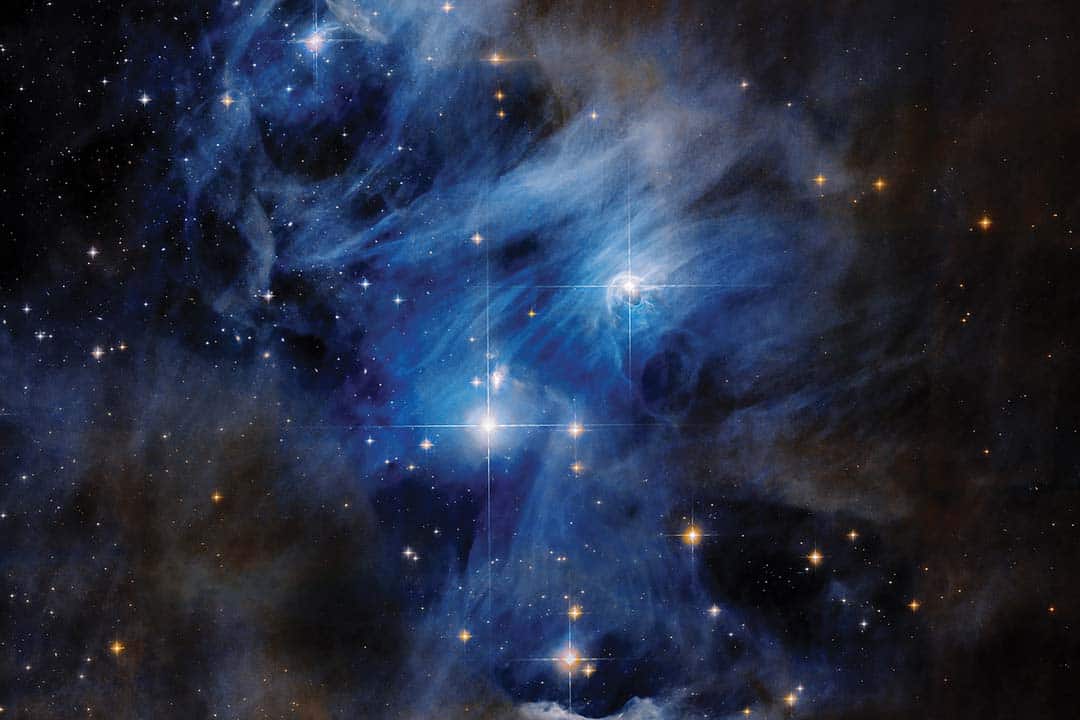Researchers using the James Webb Space Telescope (JWST) have recently released images of an interstellar molecular cloud — where stars and planets are born — about 630 light years away. The Hubble telescope had previously identified this cloud, known as Chamaeleon 1, but it took JWST’s infrared camera to measure and identify the contents contained within this cloud.
The Hubble telescope only measured a portion of infrared, ultraviolet, and visible light, and was thus unable to penetrate the dense dust around Chamaeleon 1. JWST, in comparison, observes mostly infrared light, which can pass through dense regions of space dust without losing its quality, unlike visible light. Objects more distant in the universe also typically emit wavelengths of light along the infrared spectrum. By having a telescope that mostly measures in infrared wavelengths, researchers using JWST can now observe more distant images and objects that were previously clouded by such dust.
The ability of JWST to measure infrared light has allowed researchers to make incredible new observations, such as the coldest cloud of interstellar ice ever detected, measured at -263 degrees Celsius. More surprisingly, researchers have detected chemical molecules that are considered to be the crucial building blocks of life.
These molecular building blocks identified in Chamaeleon 1 include compounds such as carbonyl sulfide, ammonia, methane, and methanol, as well as elements such as carbon, hydrogen, oxygen, nitrogen, and sulfur. If key organic compounds, such as nitrogen and ammonia, are combined with simpler molecules and ices, simple amino acids can be formed. Amino acids are combined to form proteins, which give rise to life forms of every kind. The presence of these molecules indicates that, when planets do eventually arise from Chamaeleon 1, they may be hospitable to life.
However, there are important caveats to consider with this finding.
To determine the habitability of a newly formed planet, known as an exoplanet if it orbits a star other than our sun, it is crucial to identify the amount of compounds present in the clouds. This allows researchers to predict the quantity of said elements in the exterior and the atmosphere, and the exoplanet’s interior core.
With the help of the recent measurements obtained by JWST, the amount of sulfur discovered is higher than previously expected. Researchers estimate that the remaining discovered elements are within ice, rocks, or dusty material. If this is the case, then a new telescope or methodology would be needed to measure the wavelengths emitted by these embedded elements.
Another issue with this information is that humans can only work with what we know. While the crucial building blocks of life are the aforementioned compounds and elements on Earth, this does not necessarily have to be the case for life everywhere in the universe. It is possible that life can form based on the combinations of other elements, and it would be biased of us to assume that all life in the universe is like our life here on Earth.
However, as it stands, by identifying the crucial building blocks of life on Earth in a distant cloud, JWST might have found evidence of the possibility of life elsewhere in the universe.


